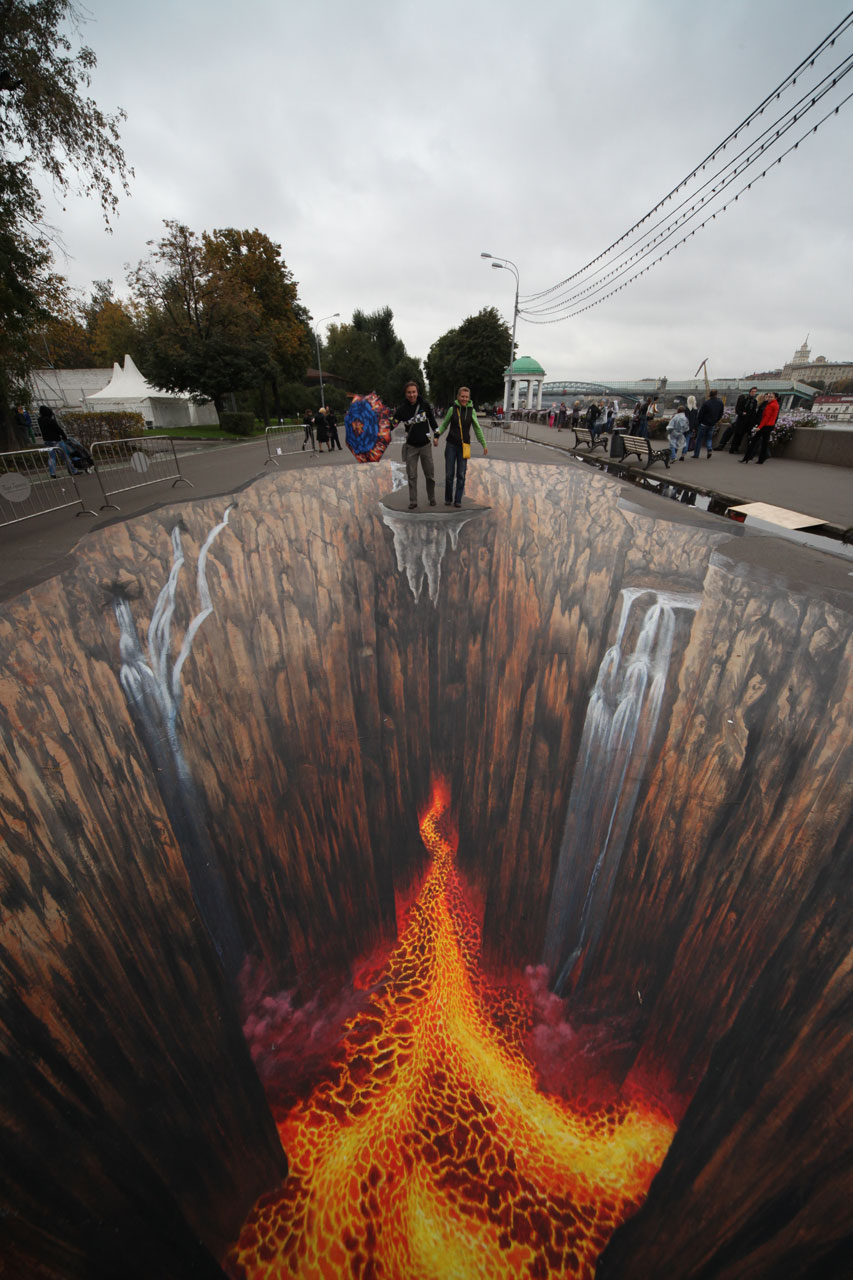Chalk art, often dismissed as just another form of sidewalk entertainment, has grown exponentially in popularity. This new approach has evolved it into an extremely common kind of public art. Its starting point may be traced back to the streets, where innovation thrives amid the hustle. Its brilliant hues and fleeting nature continue to fascinate hearts. The beauty of chalk painting stems from its transience, similar to the ephemeral moments of life. It is an art form that appeals to people of all ages, overcoming generational divides.
Artists deploy simple chalk sticks to transform streets into canvases of artistic endeavor. The transient creations have long-lasting impacts. As a result of the chalk art resurgence, it inspires communities to come together. It encourages spectators to pause, ponder, and really appreciate the splendor that lies beneath their feet. The art form flourishes, thanks to its accessibility and the unchanging human attraction to interact via artistic creation.
Origins and Evolution
Artists were creating sidewalk masterpieces in Italy’s Renaissance era. The aim was to catch the eye of passerby. And also potential patrons walking by. Chalk art has a centuries-long history dating back to then. Artists used the sidewalk to showcase their talents. In hopes of gaining new commissions and patrons. These painters, known as “Madonnari” for their numerous depictions of the Madonna, paved the way for today’s street artists. Art with chalk isn’t just lines anymore. It’s a whole art world now. Artists use chalk to make incredibly realistic portaits. Others create 3D tricks that play with how we see things.
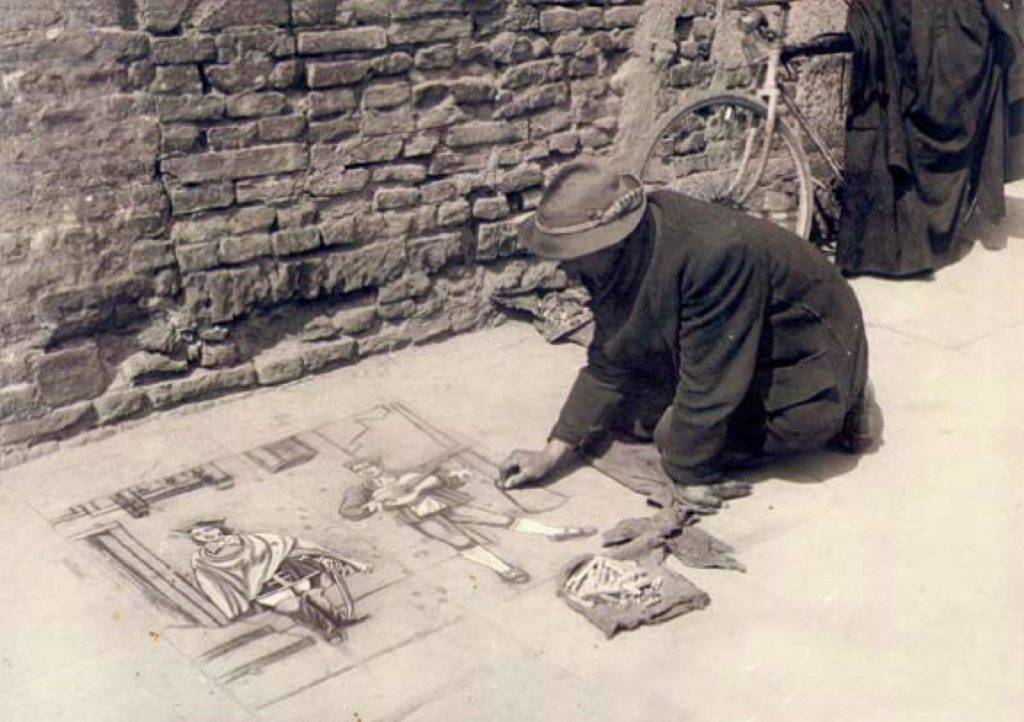
Embarking on the Chalk Art Journey
Starting with chalk art requires minimal expenses, but it also requires on Beginners ought to utilize artist-grade chalks, which have a larger color range and greater pigmentation than conventional sidewalk chalk. Practicing is essential, as is selecting a suitable surface; rough asphalt offers a strong grip, but smooth concrete supports greater detailing. Aspiring painters frequently begin by replicating basis pieces before moving on to more complex compositions and 3D art.
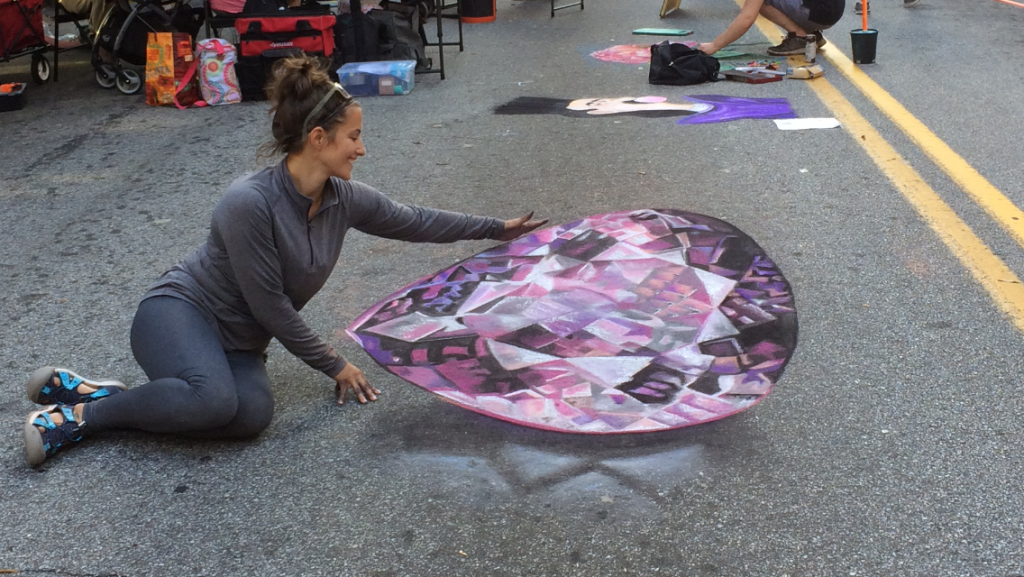
Masters of the Craft
A number of creators have made their way to fame in the chalk art scene, each with their way to fame in the chalk art scene, each with their own distinct style and vision. Julian Beever, famed for his extraordinary 3D pavement drawings that appear to defy the laws of physics, and Edgar Mueller, who turns urban environments into fantasy landscapes, are just two examples. These artists have inspired many others to discover the endless opportunities of chalk art, demonstrating that the sidewalk may serve as a canvas for masterpieces.
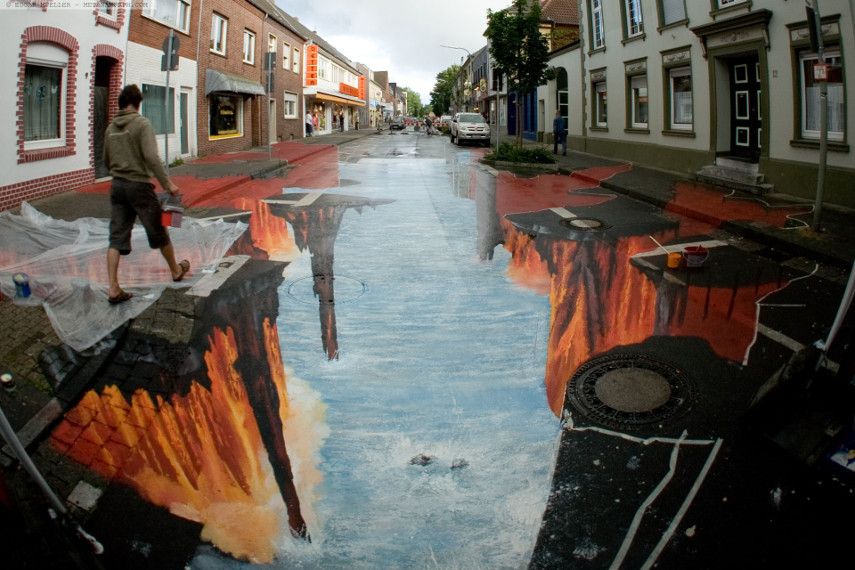
Celebrated Spaces for Chalk Art
Chalk creation has been highlighted on multiple occasions and sites around the world, attracting both artists and spectators. The Pasadena Chalk Festival in California is known for being one of the greatest gatherings of chalk artists, with hundreds of pieces in a wide range of styles. In Europe, the Street Painting Festival in Trier, Germany, provides another opportunity for artists to demonstrate their abilities, adding to the continent’s thriving street painting culture.
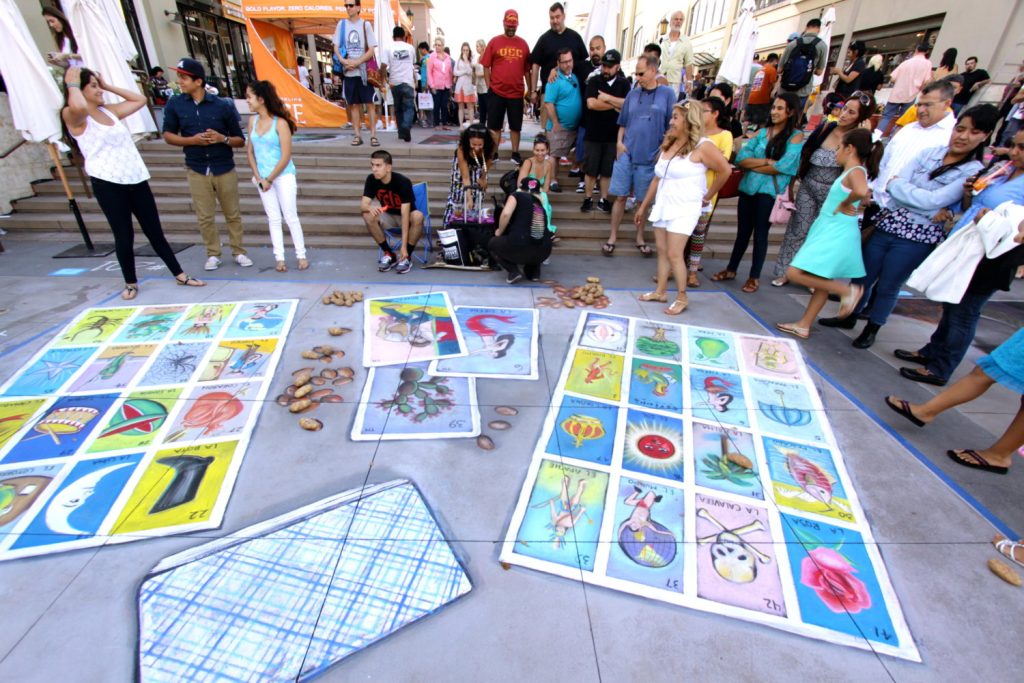
Chalk Art in Urban Landscapes
Beyond festivals, urban areas across the world function as open-air galleries for chalk art. cities such as London, Paris, and New York are regularly witnessing their sidewalks and squares transformed into temporary art projects. This ease of access enables the public to interact with art in their daily lives, erasing the distinction between art and urban experience.
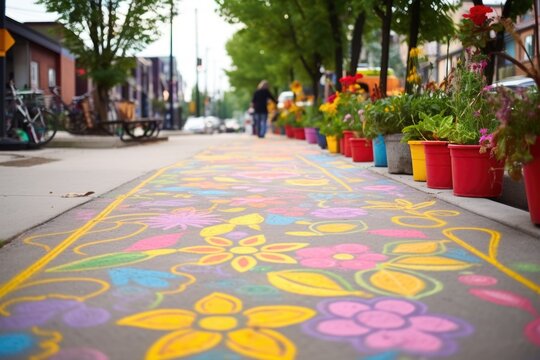
The Interactive Nature of Chalk Art
What distinguishes chalk art is its interactive character. Artists frequently urge spectator engagement, whether by taking photographs, becoming a part of an art piece, or even adding to the artwork. This interaction forges a distinct link between the artists and the audience, with every creation being a shared experience that briefly connects individuals from all walks of life.
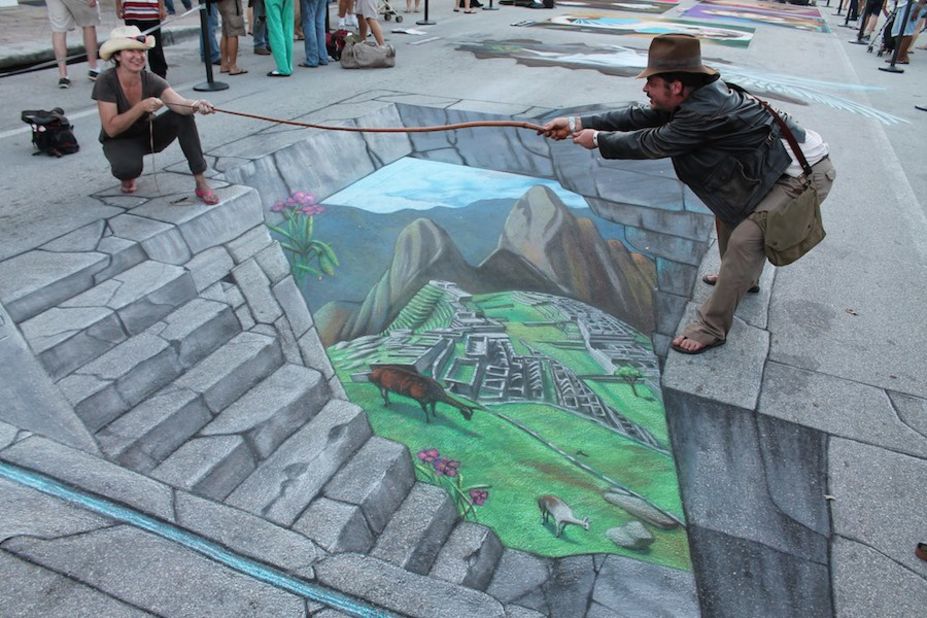
Chalk art, with its vivid hues and powerful strokes, reflects the transitory moments of life. It brings people together and transforms everyday streets into galleries. Every artwork invites passers-by to halt, ponder, and interact. Artists express their thoughts on the street, forming bonds with onlookers. Such involvement converts art into a shared experience, which enhances the urban environment. These pieces of art wash away, yet their impact remains. They encourage us to appreciate the moment and the beauty around us. Through photos and stories, these artworks continue to inspire. They encourage future generations to explore their creativity. Chalk art proves that even the most ephemeral art can leave a lasting mark on our hearts and communities.

